

James Wong
2025 Audi A5 Sedan TFSI 150kW review
5 Days Ago
Multi-level car parks could face serious risk of structural failure and collapse due to the increasing weight of electric vehicles (EVs).

Publisher


Publisher
Multi-level car parks around the world including in Australia could face serious risk of structural failure and collapse due to the increasing weight of electric vehicles (EVs) on aging infrastructure, according to experts.
With some public and private car parks having been built decades ago when cars were smaller and significantly lighter in weight, there is a growing concern that as more and more EVs hit the road, the added weight of these vehicles will cause serious issues.
In the UK and some other markets, new guidelines are being developed due to concerns about car parks’ capacity to support newer, heavier vehicles. These guidelines will increase the weight limits that car park floors should be able to bear.
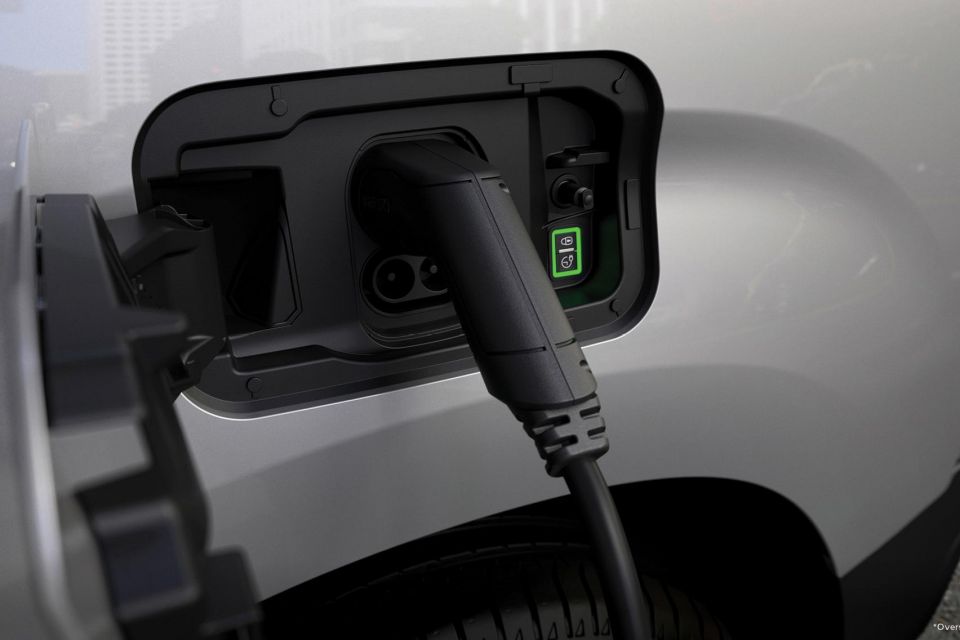
The Australian parking facilities standard released in 2004 (AS/NZS 2890.1 :2004 – worth a read) doesn’t specify a weight limit for multi-storey car parks.
Each state and even some councils (like Sydney) have their own engineering and design requirements or recommendations for car parks, but none that we could find currently specifies a weight limit requirement per vehicle.
In the UK, the soon to be replaced government guidelines for a normal mix of vehicles takes the maximum weight of any vehicle as 2500kg with the imposed uniformly distributed load as 2.5kN/m (BS EN 1991-1-1).
Speaking to The Telegram in the UK, Chris Whapples, a structural engineer, car park consultant, and author of the new guidelines for the British government, said, “I don’t want to be too alarmist, but there definitely is the potential for some of the early car parks in poor condition to collapse.”
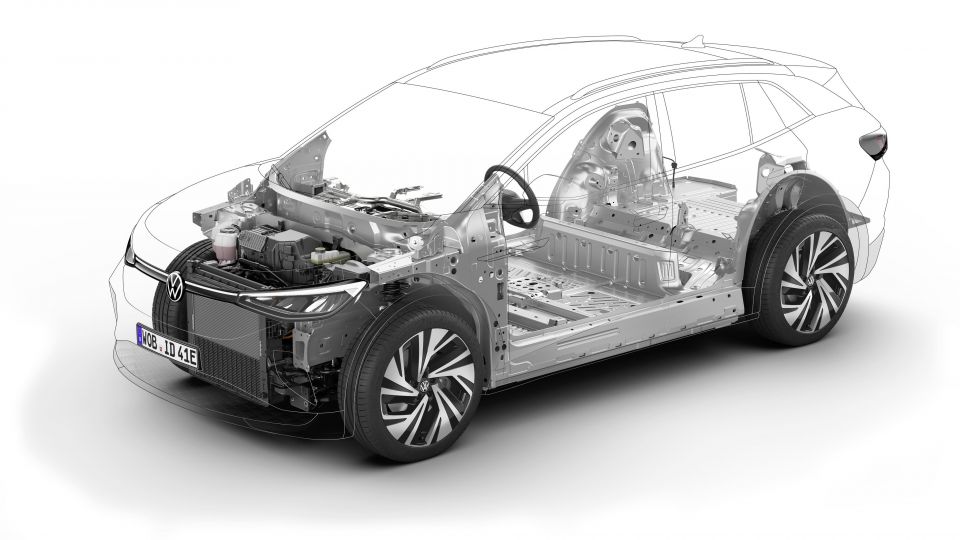
Whapples emphasised that operators should be mindful of electric vehicle weights, assess their car parks’ structural strength, and determine whether weight limitations are necessary.
The average EV weighs significantly more than traditional petrol or diesel cars, largely due to their battery systems. As an example the top-spec Tesla Model X has a kerb weight of 2467kg, which means its Gross Vehicle Weight Rating (GVWR) of 3069kg would far exceed most expectations of weight requirements in the past.
Other models that may eventually find their way to Australia such as the GMC Hummer EV weigh over 4000kg, which makes its GVWR an incredible 4800kg. The battery pack alone weighs over 1300kg, about the weight of a small car equipped with an internal-combustion engine.
The RAM 1500 REV we saw in New York last week (confirmed for Australia) has a gigantic 229kWh battery and is expected to have a kerb weight of over 4000kg, which would make its GVWR even higher than the Hummer.
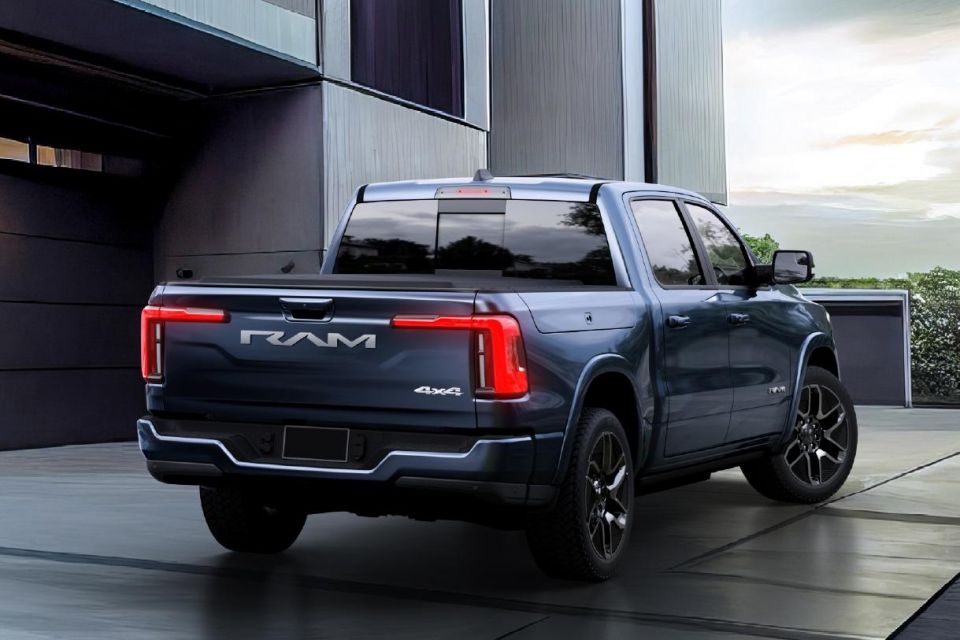
In Australia, most major shopping centre car parks don’t specify a weight limit to the public, however some have been built in the 1980s or even prior which would suggest different weight expectations and requirements for vehicles of that era.
As an example, here are some of the major shopping centres in Australia and their ages:
Sales of electric cars across Australia nearly doubled in 2022 to 33,410 vehicles, equal to about 3.0 per cent of the total new vehicle market. That number is expected to grow significantly over the next decade as more and more companies switch to electric-only models ahead of EV-mandates across the world.
CarExpert has contacted several government and private organisations in Australia regarding weight requirements for car parks and will continue to update this story.
Alborz is the founder of CarAdvice (sold to Nine and now Drive) and co-founder of CarExpert. He is an honourary adjunct professor & entrepreneur in residence at the University of QLD. He loves naturally-aspirated V8s, V10s and V12s and is in denial about the impending death of the internal combustion engine. The best way to reach him is via Instagram.


James Wong
5 Days Ago


Matt Campbell
4 Days Ago
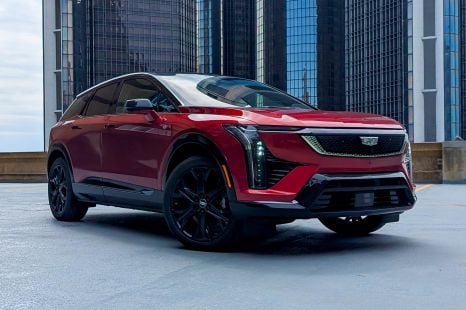

William Stopford
2 Days Ago
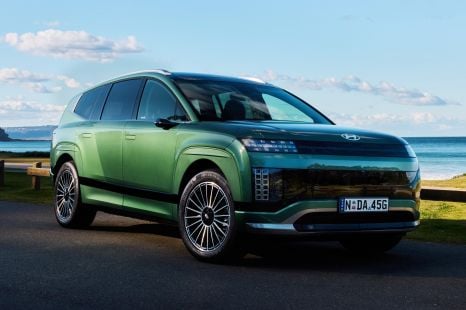

Josh Nevett
1 Day Ago


James Wong
1 Day Ago


Max Davies
24 Hours Ago